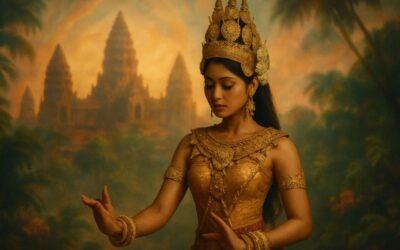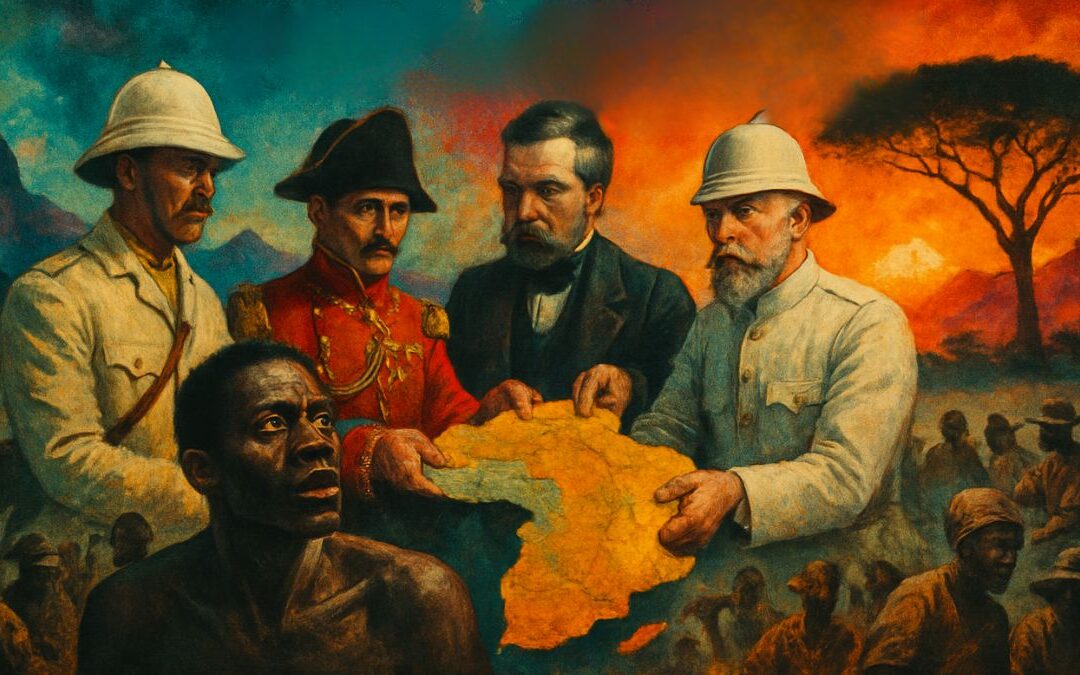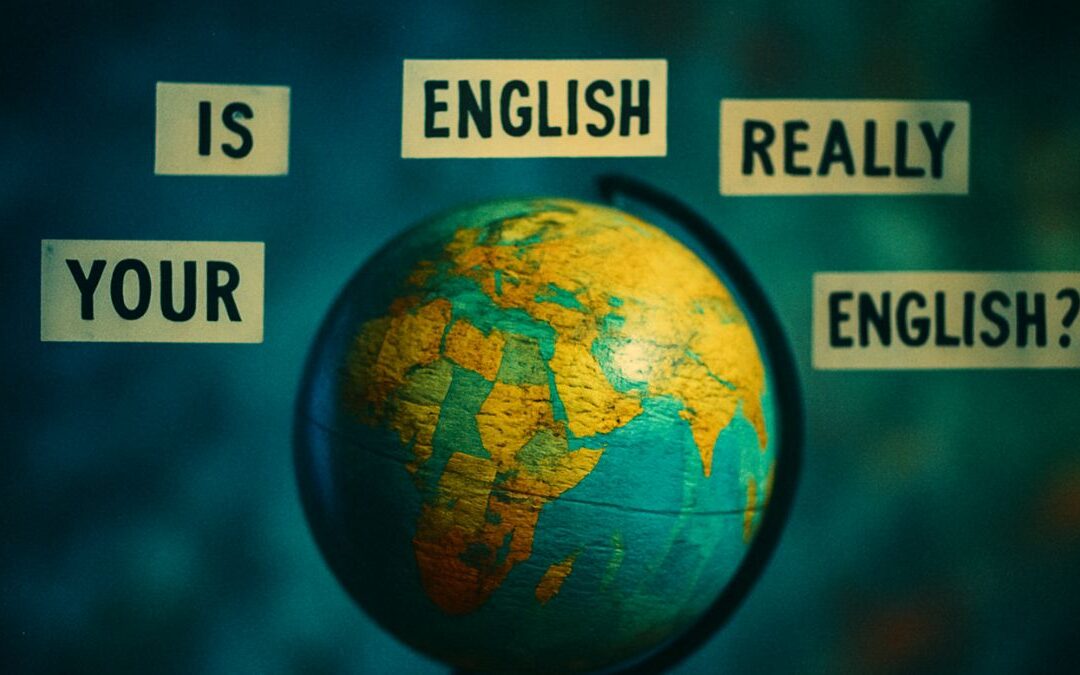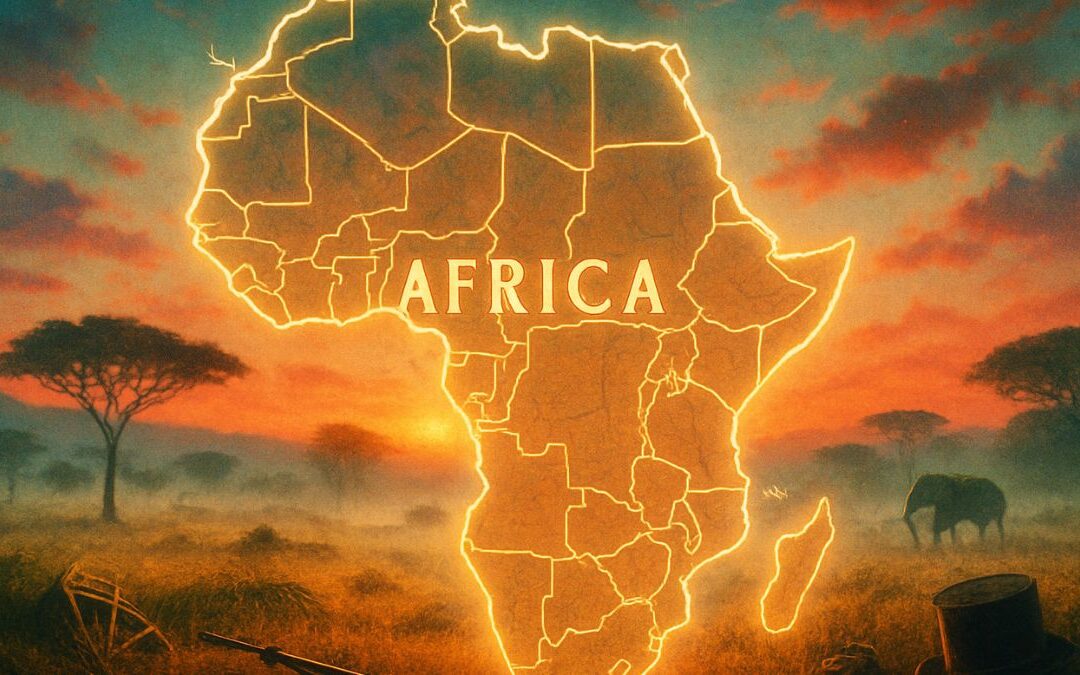The Gist
The Origins of Rumba: A Blend of Cultures
Rumba didn’t just appear one day—it evolved from Cuba’s unique blend of cultures. Enslaved Africans brought rhythmic traditions with them, while Spanish settlers introduced new instruments and influences. Out of this cultural fusion, rumba emerged as a way for the oppressed to express their emotions, tell their stories, and find moments of joy amid hardship. The music, with its complex percussion, and the dance, marked by fluid movements and expressive gestures, reflect both the pain and resilience of the Cuban people.
Rumba began in the working-class neighborhoods of Havana and Matanzas, where groups of people gathered to play music, dance, and sing. It wasn’t about stages or formal performances—it was spontaneous, raw, and deeply connected to everyday life. Over time, rumba has become more than just entertainment. It’s a cultural statement, a way of remembering the past while celebrating the present.
The Three Styles of Rumba
Rumba isn’t a one-size-fits-all kind of rhythm. It comes in three main styles, each with its own vibe and energy:
- Yambú: Often called the “old people’s rumba,” Yambú is slow and graceful. The movements reflect elegance, as if telling stories of love and nostalgia.
- Guaguancó: This is the most popular form of rumba, known for its lively rhythm and flirtatious movements. It’s playful, with the male dancer trying to “vaccinate” (or tag) the female dancer with a swift move, while she gracefully avoids it.
- Columbia: Faster and more acrobatic, Columbia is usually performed by solo male dancers. It showcases athleticism and creativity, with dancers often improvising their moves to the beat of the drum.
Each style brings something unique to the table, but they all share the same purpose: connection, expression, and joy.
The Instruments that Bring Rumba to Life
The heartbeat of rumba lies in its instruments. At the core are the conga drums, each one producing a different tone to create a rhythmic conversation. Then there’s the clave, a simple pair of wooden sticks that tap out a steady beat, keeping everything in sync. The maracas and chekeré add texture, while vocals bring the stories and emotions to life. Whether the lyrics are about love, loss, or celebration, they are always personal, reflecting the spirit of the moment.
In a way, the instruments aren’t just tools—they’re storytellers. Each beat, strum, and shake carries the weight of history, culture, and emotion, creating an experience that is both communal and deeply personal.
Rumba as a Way of Life
In Cuba, rumba isn’t limited to performances or festivals—it’s a way of life. You’ll find it in the streets, on balconies, and at family gatherings. Rumba thrives in the everyday moments, reminding people to dance through life’s challenges and celebrate its joys. It’s not uncommon to see strangers become friends within minutes of a rumba circle forming. The music invites everyone in, breaking down barriers and creating a sense of unity.
Rumba has also gained recognition outside of Cuba. UNESCO declared Cuban rumba an Intangible Cultural Heritage of Humanity in 2016, a testament to its cultural significance. But despite its global recognition, rumba remains rooted in its Cuban identity—a symbol of pride, resistance, and community.
Learning from the Rhythm of Rumba
There’s a lesson hidden in the rhythm of rumba: life is meant to be danced through, no matter what it throws at you. The beauty of rumba lies in its spontaneity and imperfection. It teaches us that we don’t need to have everything figured out to enjoy the moment. It’s about showing up, feeling the beat, and moving to it, even if the steps aren’t perfect.
Rumba also reminds us of the importance of connection. In a world that often feels divided, rumba brings people together. Whether it’s through music, dance, or shared stories, it creates a space where differences dissolve, and everyone belongs.
Final Thoughts
The rhythm of rumba is more than just music or dance—it’s a way of life, a cultural expression that reflects the heart of Cuba. Whether you’re a visitor drawn to its infectious beats or a local who grew up dancing to it, rumba has a way of leaving an imprint on your soul. It’s a reminder to find joy in the present moment, connect with others, and embrace life’s ups and downs with grace and rhythm.
So, next time you hear the beat of a drum or feel the urge to dance, let the rhythm of rumba guide you. You don’t need to be a dancer or a musician—all you need is an open heart and a willingness to move with life’s rhythm.
Let’s Talk
Isn’t there something magical about the way music can turn strangers into friends, even if it’s just for a moment? Rumba does exactly that—it has this unique way of breaking down walls. Think about it. You don’t need to speak the same language or even know the steps to feel included. The rhythm itself does the talking. There’s no judgment, no expectation to be perfect. You just show up, feel the music, and let it move you. And maybe that’s one of the biggest lessons rumba offers—not everything in life needs to be planned or polished. Some of the best experiences happen when you let go and live in the moment.
One thing that struck me when diving into the world of rumba is how it’s not confined to stages or fancy venues. It happens everywhere—on balconies, in courtyards, and on the streets. It makes me wonder: What if we carried that same spirit into our own lives? What if we made space for spontaneous joy in our day-to-day routines? How often do we let the pressures of being “productive” or “proper” keep us from just having fun? Maybe we don’t need a special occasion to dance or connect with people. Maybe all we need is the willingness to be a little present, a little playful.
I love how rumba teaches us about resilience, too. The rhythm doesn’t stop just because life gets tough. In fact, it seems to get louder, more vibrant. There’s a message there—when life throws challenges your way, dance through them. Not in a way that ignores the struggles but in a way that says, “I see you, tough times, but I’m not going to stop living.” It’s like rumba reminds us that joy can coexist with hardship. We don’t have to wait for everything to be perfect to celebrate.
And then there’s the connection piece. Rumba shows us that being human is a shared experience. You don’t need to be the best dancer or musician to feel connected. Just being there, part of the rhythm, is enough. How often do we get caught up thinking we need to have everything figured out before we connect with others? Rumba strips away all that pressure. It’s an invitation to just be—no filters, no expectations. Imagine if we brought that kind of openness to our relationships. What would happen if we made more room for spontaneity and connection in our lives?
I also think rumba has something to say about identity and pride. In Cuba, it’s more than just music—it’s a celebration of roots, of stories passed down through generations. It’s about saying, “This is who we are, and we’re proud of it.” That’s a powerful thing, isn’t it? It makes me wonder—what’s the “rumba” in our own lives? What traditions or passions do we carry that reflect who we are and where we come from? And how often do we celebrate them?
Here’s something else to think about: What if we approached challenges the way dancers approach rumba—playfully, with a bit of humor? When was the last time you laughed through a difficult moment instead of letting it get the best of you? Rumba teaches us that even when life feels heavy, there’s always a reason to dance, even if just for a little while. And that’s something worth holding on to.
So, what about you? When was the last time you let go and just moved with the rhythm of life, without worrying about how it looked or whether you were doing it right? And what’s one small way you can bring a bit of rumba into your day—whether through music, connection, or just a little extra joy? Because, honestly, the rhythm is always there. It’s just waiting for us to step in and dance.
Let’s Learn Vocabulary in Context
Let’s dive into some key words and phrases that popped up in our rumba discussion. These aren’t just fancy terms—they’re useful expressions you can carry into your everyday conversations, whether you’re talking about music, emotions, or life itself.
First, there’s rhythm. Rhythm isn’t just about music; it’s the natural flow in anything. You’ve probably used it to describe your daily routine—“I finally found my rhythm at work”—or how smoothly things are going. In rumba, rhythm is life; it reminds us to move with the beat, even when things get complicated.
Next is connection. This word showed up when we talked about how rumba brings people together. But connection is everywhere, from friendships to family. If you say, “I felt an instant connection with that person,” it means you clicked with them easily, like two puzzle pieces fitting together. Rumba shows us that connection doesn’t need to be perfect—it just needs to be real.
Then there’s expression. In rumba, every movement is an expression of emotion, but expression isn’t limited to dance. Think about the way we express gratitude, love, or frustration. It’s all about finding ways to show what’s inside, whether through words, art, or actions. “I love how you express yourself through your cooking” is a great way to use this in everyday conversation.
Improvisation is another fun one. In rumba, dancers often improvise their moves, making it up as they go along. We do the same in life when things don’t go as planned. Ever had to improvise a dinner when your fridge was practically empty? Exactly. It’s the art of figuring things out on the fly.
Resilience comes into play when we talked about how rumba encourages people to keep dancing, no matter what. Resilience means bouncing back from challenges. It’s like saying, “I admire your resilience after such a tough year.” It’s a word that captures strength in the face of difficulty.
We also used celebration. In rumba, every beat is a celebration of life. But we celebrate in different ways—birthdays, wins, and even small victories, like finishing a tough workout. “Let’s celebrate making it through the week!” is a phrase that brings joy into the ordinary.
Identity is another powerful term. Rumba expresses Cuban identity through music and dance, but identity is about what makes you, you. When someone says, “Traveling helped me discover my identity,” they mean they learned more about who they are through those experiences.
We can’t forget tradition. Rumba is steeped in tradition, passed down through generations. We all have our traditions, whether it’s a holiday meal or a weekly movie night. “It’s tradition for us to watch this movie every Christmas” is a fun way to use this word.
Spontaneity is one of the most delightful aspects of rumba. It means doing things without planning them. Life could use a little more spontaneity, don’t you think? When’s the last time you did something fun on a whim, like spontaneously going for ice cream?
Finally, let’s talk about joy. Joy is at the heart of rumba, and it’s something we could all use more of. It’s those little moments that make you smile—like hearing your favorite song or seeing a sunset. Saying, “This simple meal brought me so much joy,” reminds us that joy isn’t about big events—it’s about appreciating the small things.
So here’s something to think about: How can you bring more joy and spontaneity into your life? And what traditions or connections make you feel most like yourself?










0 Comments